21 Productivity Statistics From the Workplace
What’s Holding Teams Back?
Do you get the nagging feeling that your workplace is falling short? Maybe you supervise a team that’s failing to reach its goals, or perhaps you work in an office plagued by distractions. Below, we’ll go over 21 workplace productivity statistics that reveal what’s holding teams back. Then, we’ll show you how you can use this research to help your office thrive.
Workplace Stats: Email, Social Media, Smartphones
1. The typical knowledge worker spends one-third of their workweek processing email.
Carleton University surveyed 1,500 people in six organisations and found that, on average, they worked 47.2 hours a week and spent 17 of those hours on email. What’s more, over half of the participants reported high levels of work overload and stress, and a lot of it was linked to spending so much time reading and answering emails.

2. Email interruptions increase employees time on tasks by one-third
To learn more about email interruptions and email addiction, researchers conducted a study on employees at a UK rental car company. They found that when an employee was interrupted by email, it took them one-third longer to complete a task. This was in addition to 12% of workers showing clinical signs of email addiction.
3. The average office worker is productive for only three hours a day.
This statistic is based on self-reports from nearly 2,000 full-time office workers in the UK. The top three distractions reported included social media, reading news websites, and discussing non-work related activities with colleagues.
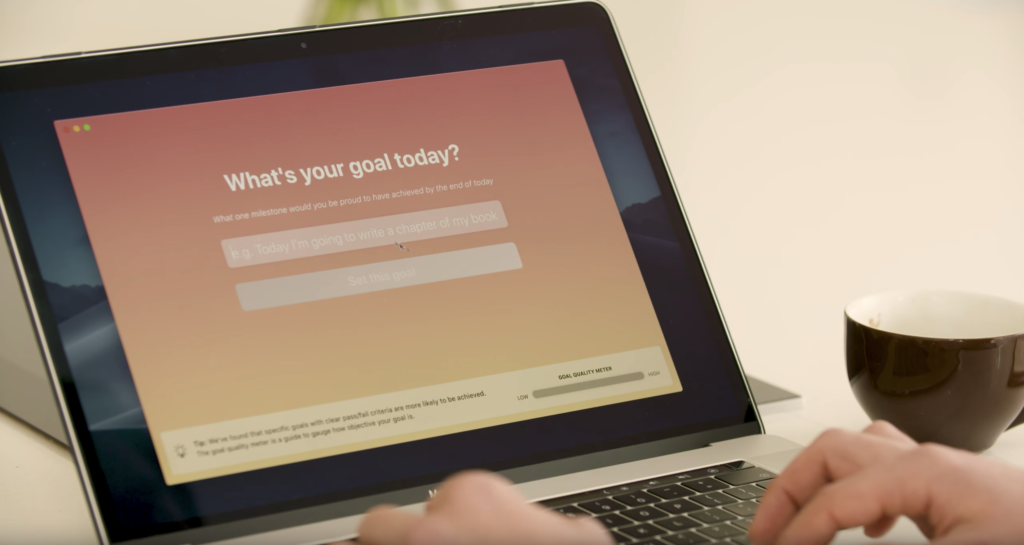
4. 36% of Millennials and Gen Z admit to spending two hours or more checking their smartphones at work.
That’s based on the results of a survey of more than 1,000 full-time U.S. office workers for Udemy’s 2018 Workplace Distraction Report. More than half of respondents also admitted to getting on social media during the workday, even though it’s not needed for their jobs. Eighty-six per cent called Facebook a workplace distraction.

5. It takes workers approximately 23 minutes to refocus on a task after they get distracted.
Getting distracted is a bigger time waster than you might think. Even when you’re ready to get back on track, it takes an average of 23 minutes and 15 seconds to do so. That’s according to Gloria Mark, the University of California, Irvine, professor who published this study on workplace interruptions.
Workplace Noise Statistics
6. Coworkers and office noise the top distractions in the workplace.
That’s yet another finding from the Udemy Workplace Distraction Report. Plus, 52% of respondents said they’re more productive when they’re not working in a noisy office. When asked what employers could do to reduce workplace distractions, 38% chose “establish designated spaces for quiet vs. noisy work.”
7. Background noise impairs performance on memory and mental arithmetic tasks.
UK researchers ran a series of experiments to test the effects of background noise on performance. They found that both speech and office noise can have a negative effect on memory-for-prose tasks as well as mental arithmetic tasks.

8. 53% of employees say workplace noise harms their productivity.
In 2015, Oxford Economics surveyed more than 600 executives and 600 employees working across multiple industries and in various environments (open office, private office, work-from-home, etc.). They found a significant gap between how executives viewed the office environment and how their employees viewed it. Fifty-three per cent of employees reported that workplace noise decreased their productivity; while only 35% of executives said that was true.
Statistics on Open-Plan Offices and Productivity
9. Open-plan offices decrease face-to-face interactions by about 70%.
In 2018, Harvard researchers set out to determine how removing spatial boundaries and transitioning to an open-plan office affected workplace interactions. By equipping employees with sociometric devices and gathering email data from company servers, researchers were able to compare empirical evidence before and after the transition.
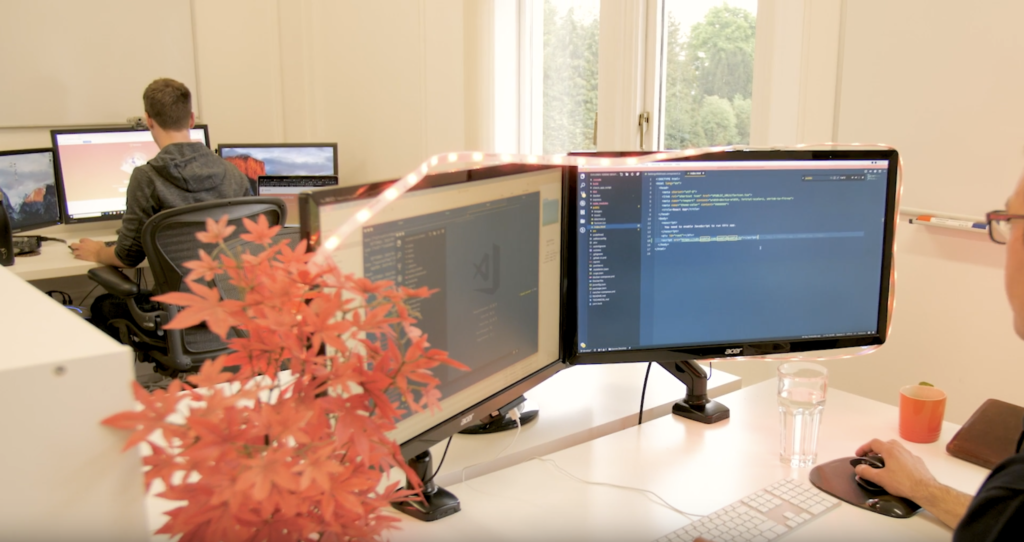
The results? Across two field studies, face-to-face interactions decreased by about 70% after switching to an open-plan office, while email interactions increased by about 20% to 50%. What’s more, executives in one study reported that productivity declined after the redesign.
10. One in 8 U.S. workers in an open office space says the layout has made them consider leaving their job.
In 2018, soundproof phone booth company ROOM commissioned YouGov PLC—a third-party research organisation—to conduct two surveys of office workers. In total, they polled more than 7,000 adults across the U.S.
Of the respondents who worked in open offices, 13% said that the workplace design has made them consider leaving their job. Thirty-one per cent said they hold back their true thoughts and opinions on calls because they don’t want colleagues to overhear them. And 29% feel that the noise and distractions in their open office hinder their productivity.
11. Open-plan office workers report significantly more concentration difficulties than those in private offices.
This Harvard study analysed data from 456 employees across 20 regional offices to determine how open-plan offices affect behaviour. They found that workers in open-plan offices report significantly more difficulties with concentration than those in private offices. On top of that, open-office workers report lower work engagement and job satisfaction.
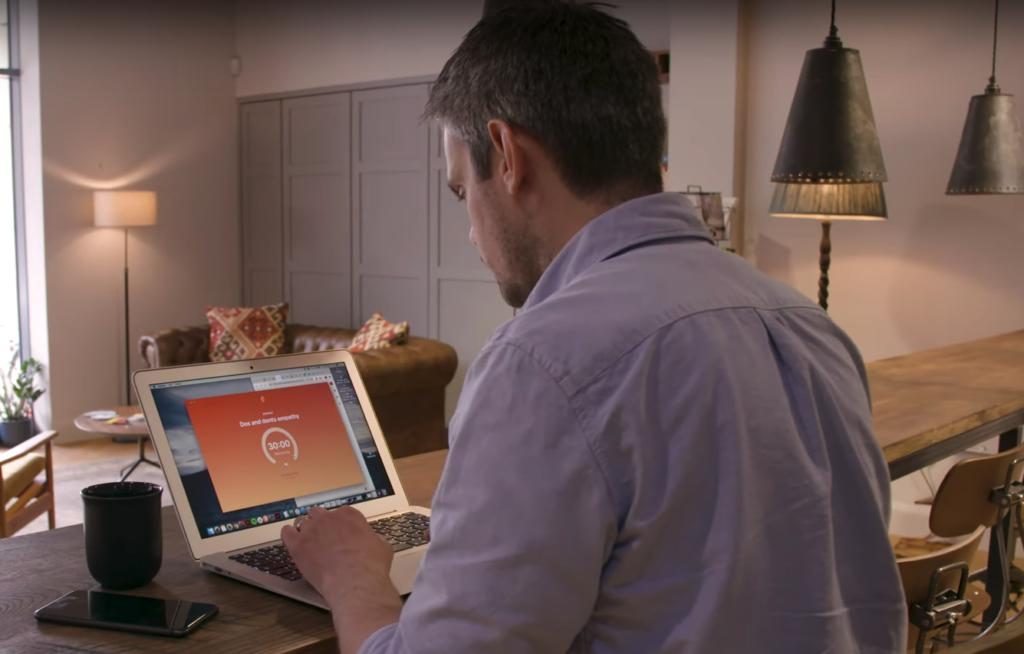
Statistics on Meetings
12. 67% of workers say spending too much time on meetings and calls is preventing them from doing their best work.
That’s based on a Korn Ferry survey of 1,945 professionals.
13. U.S. companies lose $399 billion annually as a result of poorly organised meetings.
Online scheduling platform Doodle combined data from its 19 million meeting responses with data from a Nielsen study and one other survey to assemble a 2019 State of Meetings Report. They found that $399 billion is lost annually to pointless meetings in the U.S. and $58 billion in the UK. Seventy-two per cent of British professionals lose time every week to poorly organised meetings.
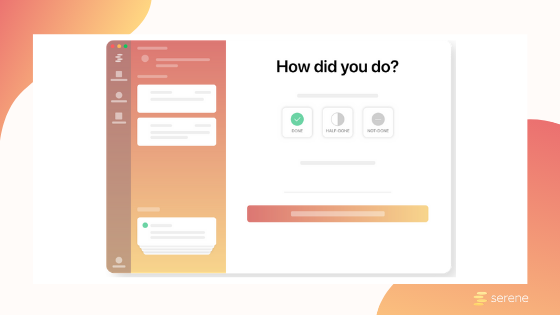
Statistics on Remote Work and Flexible Schedules
14. 76% of workers avoid the office when they need to focus and get important work done.
In fact, 50% prefer to tackle their most important work projects at home, citing fewer colleague interruptions, fewer distractions, and less office politics as reasons for being more productive. These findings are from a 2015 FlexJobs survey of 2,600 workers.
15. 80% of workers would be more loyal to their employers if they offered flexible work options.
And 16% of employees are currently searching for a new job because of flexibility issues! That’s according to a 2019 FlexJobs survey of more than 7,300 people. The number one reason respondents wanted flexibility (including the option to work from home)? Work-life balance.
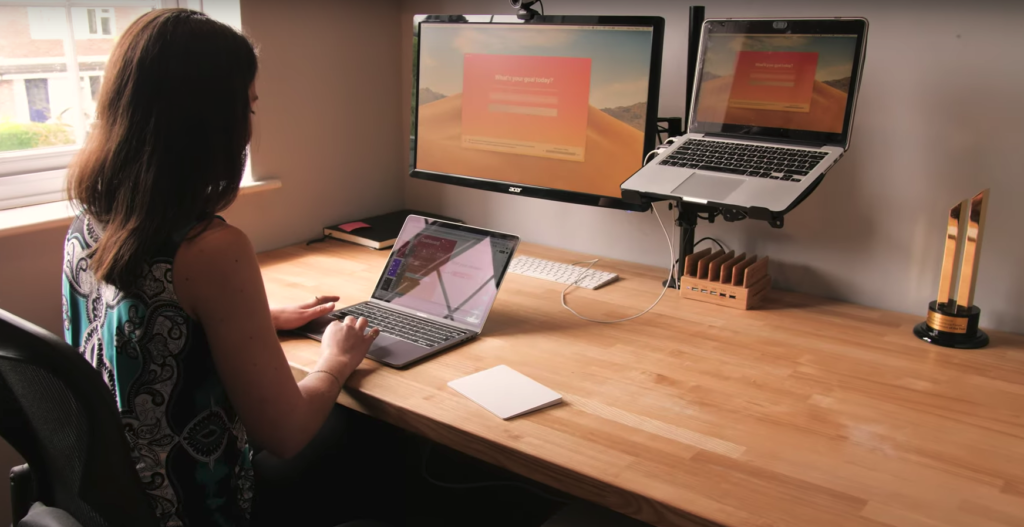
16. 67% of remote employees feel colleagues don’t fight for their priorities.
While remote work is desirable for many employees, telecommuters face a disconnect. A study of 1,153 employees (52% of whom work remotely) found that teleworkers are more likely to feel that colleagues say bad things behind their back and don’t fight for their priorities.
Statistics on Job Stress and Mental Health
17. An estimated 120,000+ deaths per year in the U.S. are associated with workplace stress.
Not only that, but workplace stress may cost the American healthcare system more than $100 billion annually. Using data from publicly available sources, Stanford University researchers built a model to estimate the effects of exposure to workplace stressors such as lack of health insurance, long working hours, and work-family conflict.
18. 602,000 workers in Great Britain suffered from work-related stress, depression, or anxiety from 2018-2019.
That’s based on self-reports from about 37,000 households for the quarterly Labour Force Survey. It includes both new and long-standing work-related stress, depression, and anxiety cases.
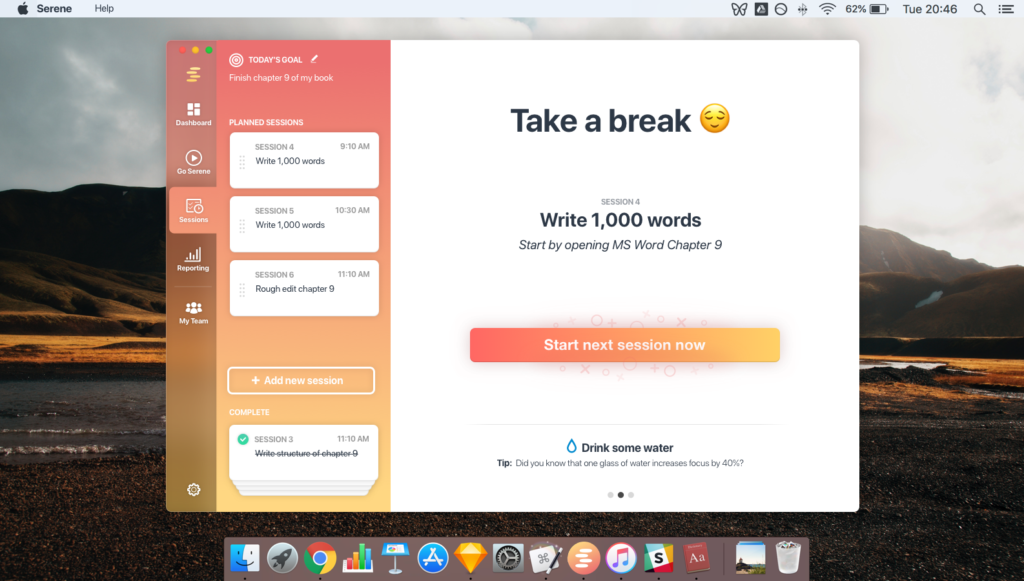
19. 95% of employees who had to take time off due to workplace stress did not feel comfortable telling their employer the real reason.
According to data from Mind, instead of sharing their stress struggles with employers, 95% of workers have given another reason for their time off, such as an upset stomach or a headache.
20. Only 45% of employees believe their organisation is doing a good job of supporting those with mental health issues.
This statistic comes from the 2018 National Employee Mental Wellbeing Survey, an assessment based on key findings from a YouGov panel survey of more than 4,600 employees in the UK. Another finding was that only 16% of workers felt they could disclose a mental health issue to their manager. And 11% of respondents who disclosed a mental health issue at work faced disciplinary action, demotion, or dismissal afterwards.

21. 79% of employees suffer from mild, moderate, or severe burnout.
The World Health Organization defines burnout as “chronic workplace stress that has not been successfully managed.” A 2020 report by O.C. Tanner found that 79% of employees are suffering from burnout, which the report authors attribute to poor workplace culture. Specifically, the types of workplaces where the likelihood of burnout increases are those where employees aren’t recognised and appreciated, feel disconnected from their team, or have decreased work-life balance.
What Can You Do to Improve Workplace Productivity?
Were you surprised by any of those workplace productivity statistics? Whether it’s smartphones, office noise, or job stress—there are plenty of things hindering people from doing their best work. Thankfully, there’s something you can do about it.
Here are just some of the suggestions offered by the various reports and studies mentioned above:
- Tame those emails. To help your team manage email and prevent it from wasting their time, Carleton University study participants suggest reducing expectations of how quickly employees should reply to emails, offering training on how to better manage their inbox, and encouraging your team to pick a specific time of day to respond to email.

- Better manage smartphone and social media distractions. In the Udemy study, 70% of respondents said they’d like training from their employers on how to get better at blocking out distractions and maintaining focus. The study authors do not recommend a ban on smartphones and messaging apps.
- Reduce noise. The Oxford Economics survey found that the oft-touted perk of free food is far less desirable to employees than you may think. In fact, the most important feature for respondents was “the ability to focus and work without interruptions.” Try creating quiet areas where employees can retreat to so they can get work done without distractions. Consider putting up sound-dampening material to reduce background noise.
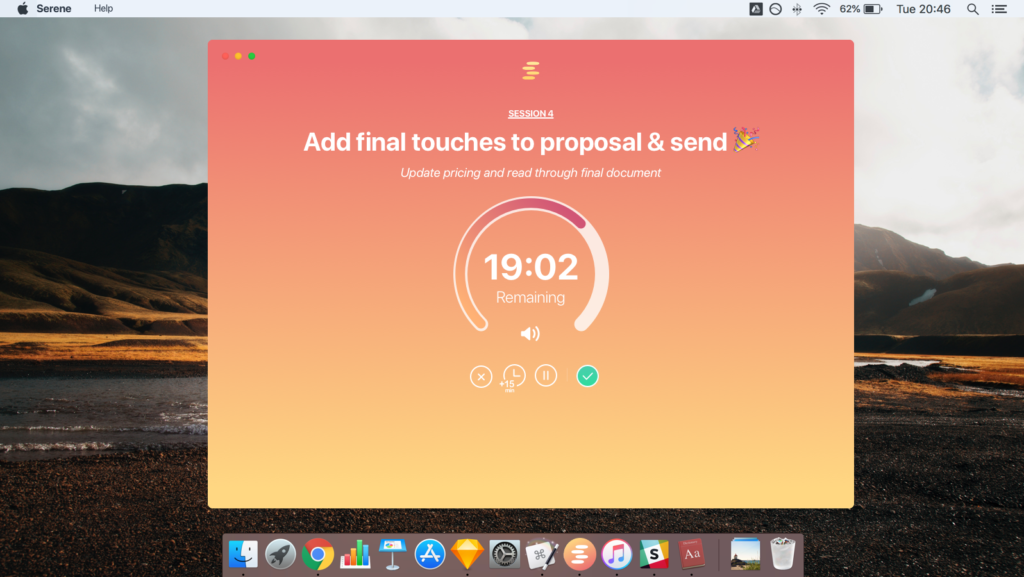
- Rethink open-plan offices. While they’re trendy, plenty of research has shown open-plan offices may not be conducive to productivity. Reconsider whether you want to take down the walls and create a shared open space. Or if you do, at least provide private conference rooms or quiet zones.
- Hold better meetings. You don’t have to ban meetings altogether, nor should you; they’re still important. In Doodle’s State of Meetings Report, 76% of respondents said that face-to-face meetings were preferred over all other meeting types, including conference calls and video calls. That sentiment was echoed in the Korn Ferry survey, where 64% of participants preferred one-to-one conversations with colleagues over meetings or calls. According to Doodle’s research, if you want to make the most of your meetings, set objectives, have a clear agenda, and if possible, hold meetings between 8 a.m. and 12 p.m.
- Consider remote work and flexible schedules. The research makes clear that employees favour remote work and flexible work options. Even if your company isn’t ready to go 100% remote, consider offering flexible start and end times or allowing your team to work from home one day a week.

- Monitor job stress and mental health. The O.C. Tanner report suggests that the best way to beat burnout is to start with changing how leaders interact with their teams. Employees need to feel appreciated, and they need to feel comfortable approaching their managers with any health concerns they have. If you’re not sure where to start, mental health charity Mind offers free Wellness Action Plans for managers and employees.








